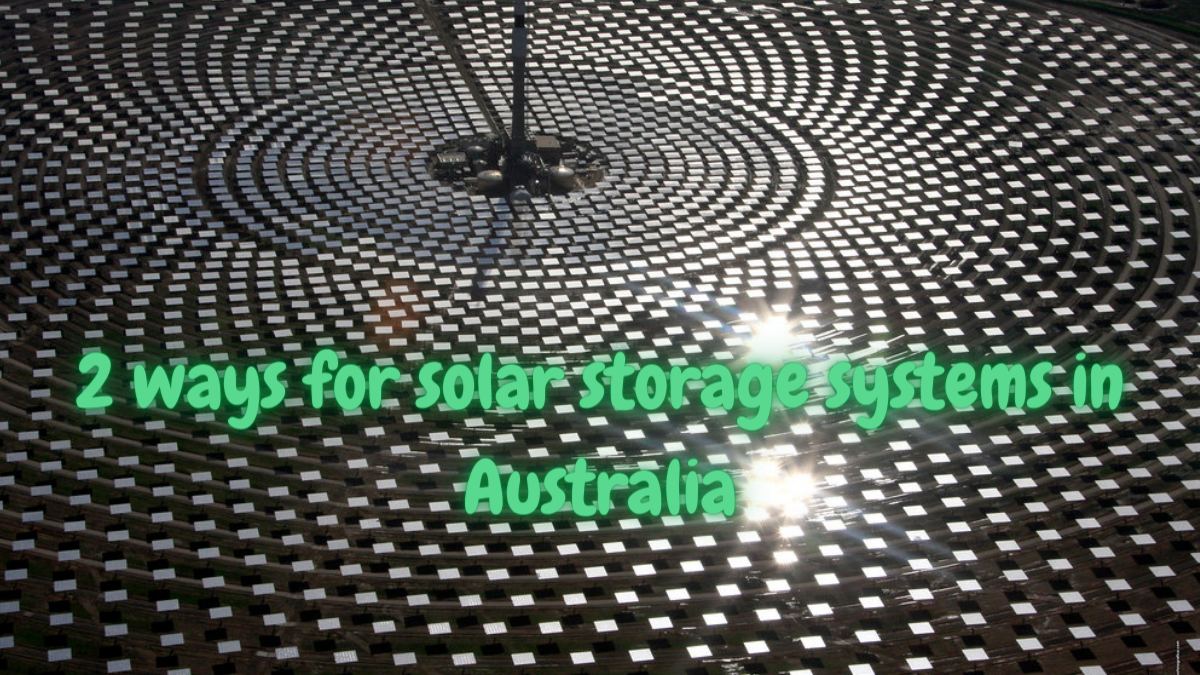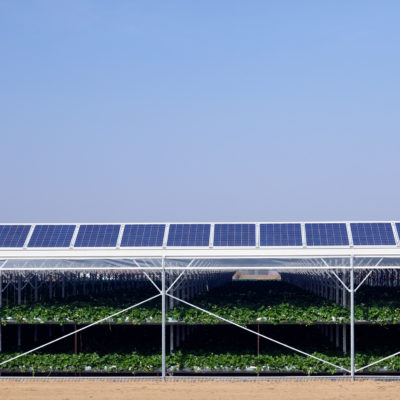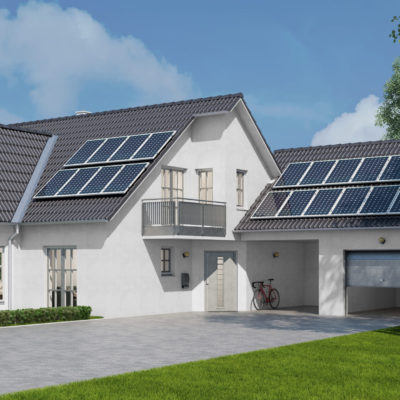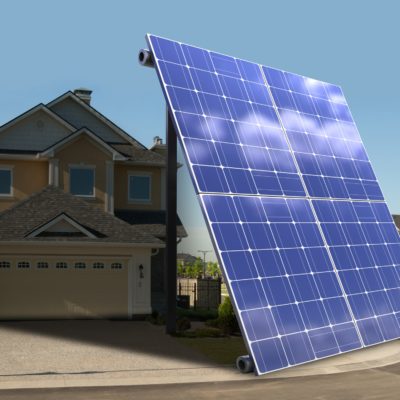
2 ways for solar storage systems in Australia
What is solar storage?
Solar storage, also known as energy storage, is essential for the future of the solar business and how people use and consume energy. When a household chooses to go solar and installs solar panels, they also can install solar batteries. With a solar + storage system, homeowners can select how they use the energy generated by their solar system, whether storing it for use later in the evening, to avoid peak-energy charges (time-of-use pricing) or in the event of a power outage. Homeowners gain peace of mind by taking control of their energy by backing up their entire home or specific key loads.
How does it work?
During the day, the solar system generates electricity, which is used to power your home and charge the home solar storage battery. Solar storage systems in Australia can be utilized to reduce the amount of electricity drawn from the grid in the evenings when the solar system isn’t producing electricity. In the case of a power outage, solar storage can provide power to appliances and electronics. With a solar plus storage system, you can generate your electricity and then utilize it when it’s most convenient for you.
Solar storage systems in Australia
Homeowners can use a photovoltaic solar power system to generate solar electricity. With a PV solar power system, there are two main ways to store energy.
- Battery Banks
- Grid Inter-Tie
Using a battery bank to store the electricity generated by a PV solar power system is one way of solar power storage. A battery solar power storage system is used in both grid-tied PV systems with battery backup and stand-alone PV systems.
The significant components of a battery solar power system are:
- Charge Controller
- Battery Bank
- System Meter
- Main DC Disconnect
A grid-tied PV system is the third type of PV solar power system. The grid can be used as a solar energy storage system in this system. This can be done by using Net metering.
When you use net metering, you transfer extra solar electricity to the grid, which causes your electric meter to roll backward. Later, when your system is not producing electricity at night, you can draw electricity from the grid, and your electric meter will roll forward. You’re essentially using your solar energy on the grid!
Solar Thermal Storage
There are three solar heating applications.
- Solar Space Heating
- Solar Water Heating
- Solar Pool Heating
Solar Thermal Energy Storage is used differently in each of these solar heating applications. The two basic techniques of storing solar energy in solar space heating systems are thermal mass and water tanks.
- Thermal Mass
- Water Tanks
Solar energy is stored in water tanks in solar water heating systems. Water tanks are used in both passive and active solar water heating. A heat exchanger is used in active indirect systems to transfer heat from the heat-transfer fluid. Other solar water heating systems use household water and do not require a heat exchanger or a water tank.




